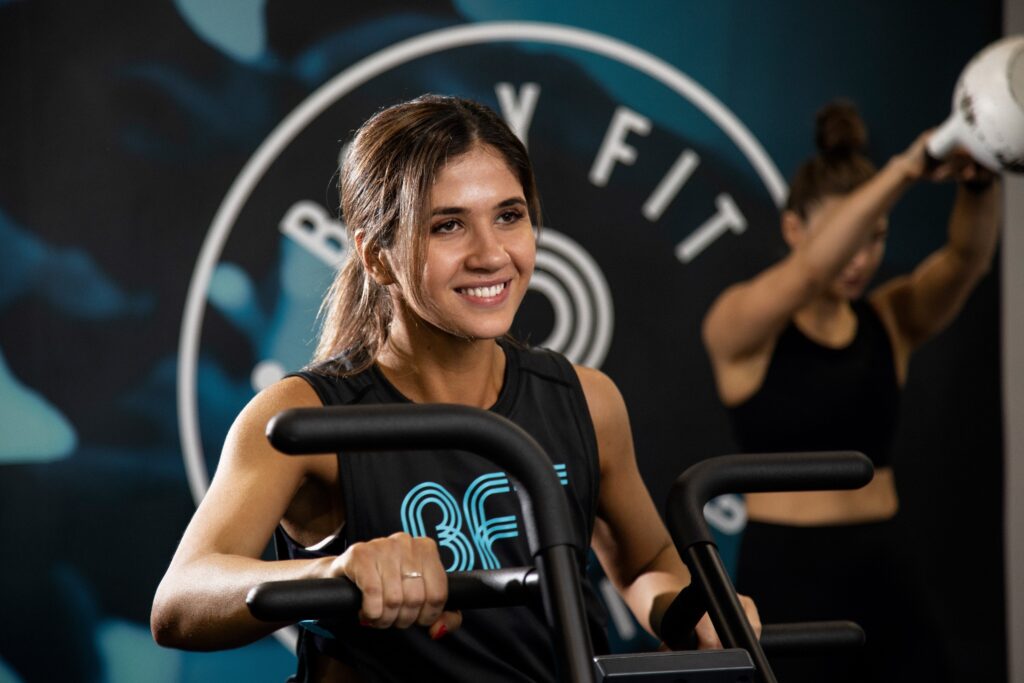
Body Fit Training recently won the Fit Summit APAC Franchise of the Year award for 2020, facing off some stiff competition from runner-up Snap Fitness and third place F45.
The brand takes a well-rounded approach to fitness with strength training, cardio and preventative programs and offers everyday Aussies a progressive method of training familiar to elite athletes.
Here founder and joint CEO Cameron Falloon, a former strength and conditioning coach for high profile AFL and soccer teams, explains why the brand is steaming ahead right now.
Tell us about Body Fit Training
“Group training is really popular but I felt there was a big gap for a more well-rounded approach. For elite athletes all programs progress over a period of time. I didn’t see that happening anywhere in fitness.
“If the best athletes train this way why not use this methodology in the commercial space for weekend warriors? It leads to better, long-lasting results and fewer injuries.
“The target market is early 20s to mid 40s and our model is built off strength training which underpins most human pursuits. A lot of people go to group training for high intensity aerobic exercise and a high percentage have secondary memberships, they utilise a 24-hour gym for weights. We do all of that.
“We have Olympic lifting equipment, cardio, lower intensity days for rehab exercises; it’s got a broader appeal.
Why do franchisees love the business?
“It is low cost, high yield and 153 members is the average member opening number for 2021. Depending on the site rent (it is different for each site) studios could be profitable from day one with that number.
“We have 4.7 weekly visits across our member data base, that’s double the industry average.
“But more than anything we invest in our people. We have three pillars: members, franchisees, franchisor. If we don’t invest in franchisees and staff to deliver, members don’t have a great experience. If we do our job looking after franchisees, they look after customers.
“We have a mix of owner operators and investors (55/45) and owner operators need to be trainers with a minimum Cert 1V to be on the gym floor and be head trainer.
“We have a through onboarding process, and every 13 weeks we visit sites and deliver ongoing education and training. We’ve also partnered with best in class organisations like StrongFirst: School of Strength and Functional Training.
“And of course, we’ve just one the APAC award, against some strong international competition!”
So how big is the business now and what are your plans to expand?
“We have 250 units sold and 107 open, with 36 studios launched during Covid last year. It’s a $15m revenue business and member growth has at least doubled annually with expected member numbers of 40,000 by the end of 2021.
“We’ve got 16 head office staff now, and some full time outsourced contractors. We’re about to expand again with five key positions.
“We’re looking for a head of sales in US, and a New Zealand appointment. In New Zealand we have six outlets open, strong sales, and it’s been managed from here.
“The US is a huge opportunity. Our Santa Monica studio has been open about 18 months, it’s partly company owned and partly owned by the studio manager. We’ve also got a Fort Lauderdale studio, open seven months, and this is fully franchised.
“There are three studios sold in Canada, and we’re talking to a group in the UK about individual franchises.”

